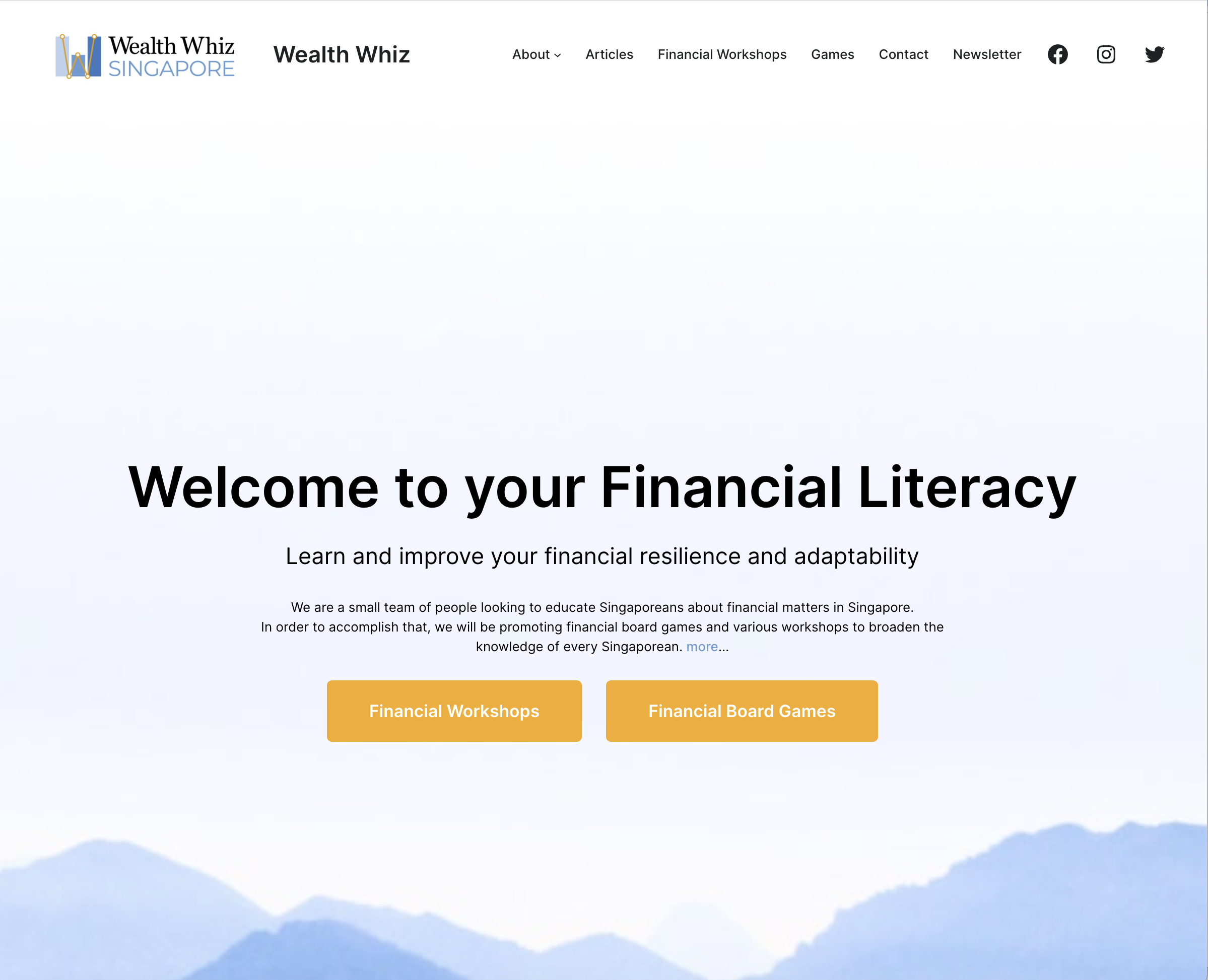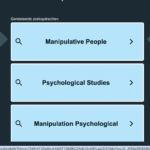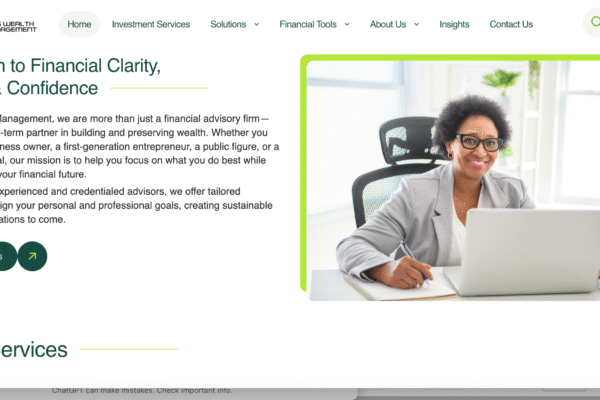WealthWhiz: Unmasking a Sophisticated Scam Platform
In recent times, a new name has started making rounds in social media ads, email pitches, and investment-forum whispers: WealthWhiz. They advertise themselves as a next-generation trading and wealth generation platform, promising above-market returns, guidance from “experts,” and low entry barriers. But underneath the polished veneer lies a series of red flags and warning signs that strongly point to a fraudulent scheme. This article digs deep into how WealthWhiz is operated, how they trap victims, and what you should watch out for.
1. The Lure: Promises, Persuasion, and Pressure
Too-Good-to-Be-True Returns
One of the core tactics used by WealthWhiz is promising high, fast, consistent returns. It isn’t uncommon to see claims of monthly gains of 20–50%, or even doubling your capital in a few weeks. Such numbers are wildly unrealistic. Legitimate trading firms or funds seldom guarantee returns, especially on such short timelines.
Free “Expert” Consultations & Guarantees
To build trust, WealthWhiz often offers a free consultation or “risk-free trial” period. They’ll assign you a “dedicated account manager” or “financial guide” who walks you through how you can multiply your investment. These guides use persuasive language, pseudo-expert jargon, and social proof (fake testimonials, doctored screenshots) to coax you into funding your account.
Urgency and Time Pressure
A frequent tactic is urgency. You may be told there’s a limited window to invest, or the “opportunity” will disappear. Victims are pressured to deposit quickly, fearing they’ll lose out if they delay. Often, “offers” expire in hours or the next day—to artificially force a decision.
Freebies as Soft Traps
Some versions of the scheme may initially offer small “gifts” or “bonuses” (e.g. $50 trading credit) to build trust. Once you engage with their platform, they progressively escalate asks for more deposits. The aim is to get you to invest “real money” under the illusion that you’re already in.
2. How the Scam Operates Behind the Scenes
Controlled Platform & Locked Withdrawals
As soon as you deposit, you’ll find that withdrawals are either impossible or heavily restricted. The interface may pretend to process withdrawal requests, show “pending status,” or simulate delays — but funds never arrive.
Additionally, you may be asked for additional “verification fees,” “taxes,” or “insurance premiums” before withdrawals are approved. These extra charges are traps: once you pay them, you’re deeper in. If you refuse, they stall, ghost, or cut off communication.
Use of Remote Access & Phishing Tools
A common escalation is being asked to grant remote access (via AnyDesk, TeamViewer, or similar) to your computer or mobile. They claim this is needed to “help you with the transfer,” “fix verification issues,” or “optimize your account.” In truth, granting such access gives them the tools to steal credentials, wipe devices, or manipulate your funds.
Fake Documentation, Fictitious Bank Partners, and Impersonation
Victims sometimes receive forged bank statements, legal letters, or screenshots supposedly from regulators or partner banks to reassure them. They may claim integration with big, trusted financial institutions (e.g. “we use HSBC, Barclays, or major exchanges”). All these are fake props.
In many cases, the scam parties impersonate real institutions or regulators. They quote regulatory identifiers, address data, or fake licenses to appear credible.
Layered Scams — “Investment,” “Recovery,” and “Insurance”
Once the original deposit is claimed, the scam can morph:
-
The “investment” never yields real returns.
-
You may be told that losses need to be covered, or additional funds are needed for “insurance” or to rescue trades.
-
Late in the game, you may be pitched a “recovery service” — a new scheme promising to reclaim your lost funds, often for yet another upfront fee.
This layering keeps victims engaged, hoping to get their money back. But it only deepens the trap.
3. Red Flags: How to Spot WealthWhiz and Similar Scams
Below is a checklist of warning signs frequently associated with WealthWhiz and analogous fraud platforms:
| Red Flag | Why It Matters |
|---|---|
| Guarantees of high returns with low risk | Real financial markets always carry risk. Guarantees are usually promises of fraud. |
| Pressure to deposit quickly | Tactics of urgency are designed to bypass your due diligence. |
| Requests for remote access or software installation | That’s direct control over your devices — don’t allow it. |
| Withdrawal restrictions or “pending” status indefinitely | Indicates that funds are controlled behind the scenes and won’t be released. |
| Extra fees (insurance, verification, taxes) to unlock funds | A tactic to pull more money even as the promised returns remain unseen. |
| Impersonation of banks, regulators, or institutions | Fraudsters use names and logos to lend false legitimacy. |
| Fake or exaggerated testimonials | Often out of context, stock images, or repeated across multiple sites. |
| Unverifiable company registration or opaque ownership | A legitimate firm will have clear corporate data you can check. |
| No independent third-party audits or verifiable track record | Legit trading firms typically provide evidence or external verification. |
If you come across a platform exhibiting several of these traits, consider it extremely risky.
4. Victim Stories: Patterns of Loss and Deception
Although direct credible reporting on “WealthWhiz” per se may be scarce (as scam operators often change names or domains), the modus operandi mirrors numerous crypto and forex investment frauds documented widely. Based on common complaint reports, victim experiences often follow a pattern:
-
A victim responds to a social media or email ad, gets contacted by an agent, and makes an initial deposit.
-
Early “profits” may show up in the account dashboard to lull trust.
-
When trying to withdraw, the platform finds excuses — “verification incomplete,” “you need to pay a small fee,” or “bank error.”
-
Agents push for fresh deposits, claiming you need more capital to free locked funds or to cover small charges.
-
Eventually, communication ceases, websites go offline, phone lines die, or accounts are disabled.
-
Victims realize the money is gone, and efforts to contact “customer support” get no real results.
Some victims have claimed the scam operators asked for control access to wallets or trades, or pushed them to reveal personal identification — which can then be abused further.
5. Why These Scams Work — Psychological & Structural Traps
Scams like WealthWhiz succeed due to a mix of psychological manipulation and well-choreographed structure.
The Hook: Trust + Authority
By using slick branding, fake credentials, and professor/mentor personas, the scam builds a facade of authority. Many victims are inexperienced with trading or investing, so they defer to the “experts” guiding them.
Escalation of Commitment
Once a small investment is made, the victim is emotionally and financially committed. At this point, extra asks feel incremental. The victim rationalizes further deposits in hopes of recouping losses.
Social Proof & Herd Behavior
Showing fake success stories, or claiming “others are making big money” pressures victims to conform or fear missing out. This dynamic is effective at recruiting new layers of participants.
Layered Schemes for Maximum Drain
The scam is rarely one-trick. It transitions from investment to charges to recovery services, maximizing extraction. This layering ensures the victim’s money flows in multiple directions, rarely outward.
Domain & Branding Churn
Operators regularly change domain names, brand names, or web addresses to evade detection or blocking. So even if one version is exposed, another appears.
6. How to Distinguish WealthWhiz from a Real Investment Platform
While many legitimate trading or investment firms do operate with complexity and risk, there are clear markers that differentiate them from scam operations. Here’s how to evaluate:
-
Regulation & Licensing: Real firms must register with financial regulatory bodies in their operating jurisdiction. You should be able to verify their registration via regulator websites.
-
Transparency in Ownership & Location: A trustworthy firm will provide verifiable company address, director names, and legal identity.
-
Independent Audits & Verifiable Track Record: Legit platforms often publish third-party audit reports or proof of performance verified by independent sources.
-
Clear Withdrawal Policy & User Control: Real platforms allow you to withdraw your own funds without needless obstacles, and they don’t ask for remote control of your devices.
-
No Upfront “unlock” Fees: Any request for fees to access your own money is a major red flag.
-
User Reviews & Reputation Over Time: Look for sustained, consistent feedback from many independent users — not cherry-picked or glowing testimonials.
-
Reasonable Expectations: If the promised return is wildly high and guaranteed, be wary; reasonable returns always involve risk.
8. Why Some People Still Fall Victim
You might ask: with so many warnings and exposés, why do people still fall for WealthWhiz or similar scams?
-
Greed + desperation: The promise of fast, outsized returns is enticing for those seeking financial escape.
-
Lack of financial literacy: Many victims are new to investing and may not know what to look for.
-
Social engineering mastery: Scammers are adept at emotional manipulation, building trust, exploiting doubt, and using persuasion.
-
Isolation in shame: Victims who lose funds may be reluctant to speak up early, giving the scam time to evolve.
-
Plausible cues: Fake testimonials, UI polish, faux “regulator logos” give a plausible veneer to novices.
Conclusion
While I have framed this as a “WealthWhiz” case, much of what we see is archetypal of modern financial and crypto investment scams. Even if WealthWhiz rebrands tomorrow, the mechanics remain the same: lure with promises, manage perception, lock withdrawals, extract fees, cut communication.
If you or someone you know is approached by a WealthWhiz-type opportunity, treat it with extreme caution. Verify everything independently (regulators, corporate identity, user forums), and never hand over remote access or unlimited control of your device. The playbook is old — but scammers adapt quickly. Don’t let the gloss fool you.
If you’d like me to review a specific variant of WealthWhiz (e.g. website, app, domain) or turn this into a consumer warning article, I can help further.
-
Report WealthWhiz and Recover Your Funds
If you have fallen victim to WealthWhiz and lost money, it is crucial to take immediate action. We recommend Report the scam to BOREOAKLTD.COM , a reputable platform dedicated to assisting victims in recovering their stolen funds. The sooner you act, the greater your chances of reclaiming your money and holding these fraudsters accountable.
Scam brokers like WealthWhiz persistently target unsuspecting investors. To safeguard yourself and others from financial fraud, stay informed, avoid unregulated platforms, and report scams to protect. Your vigilance can make a difference in the fight against financial deception.





